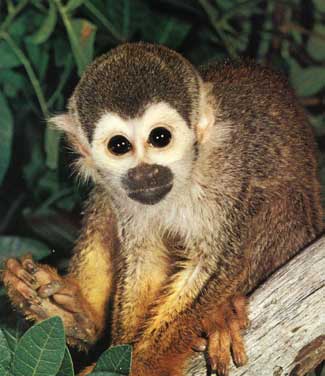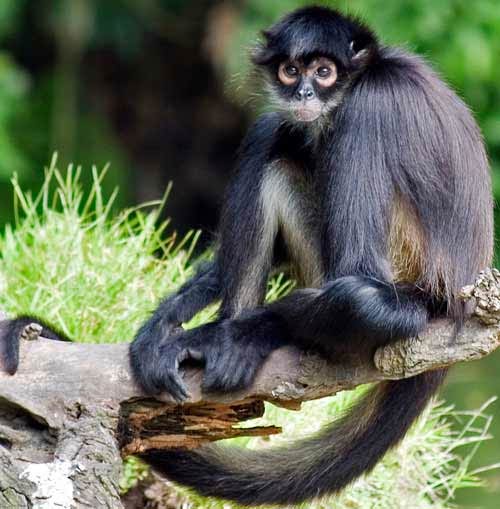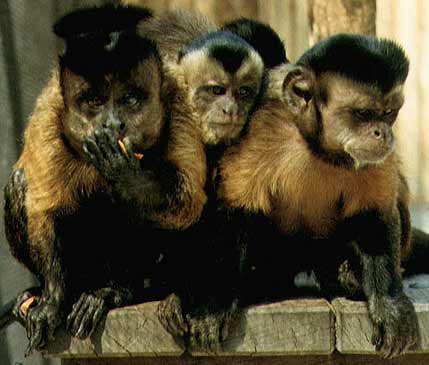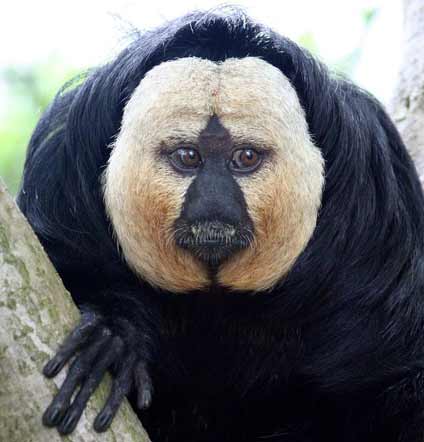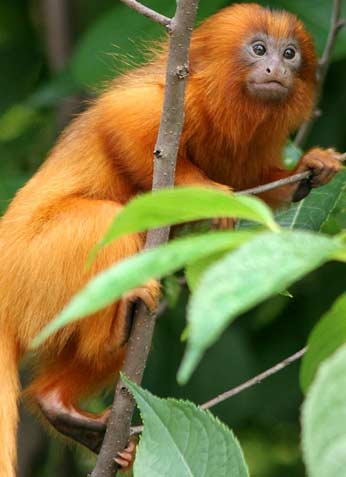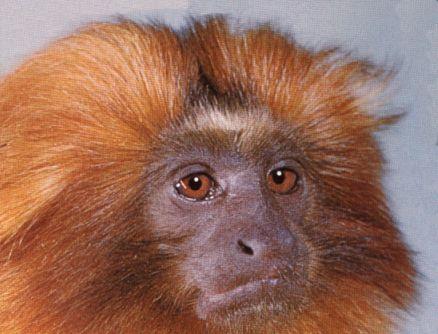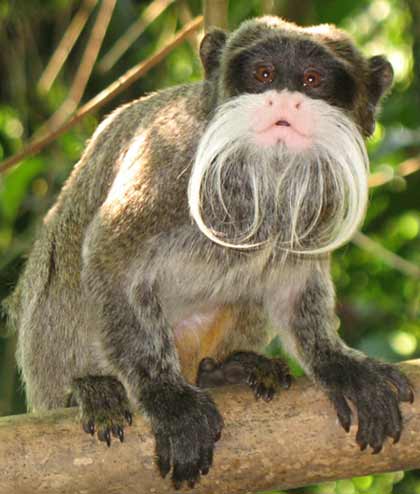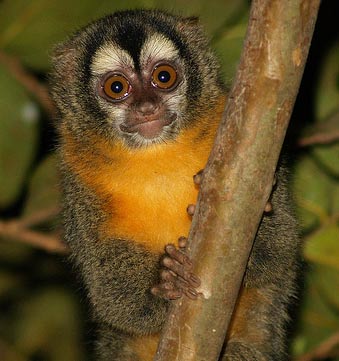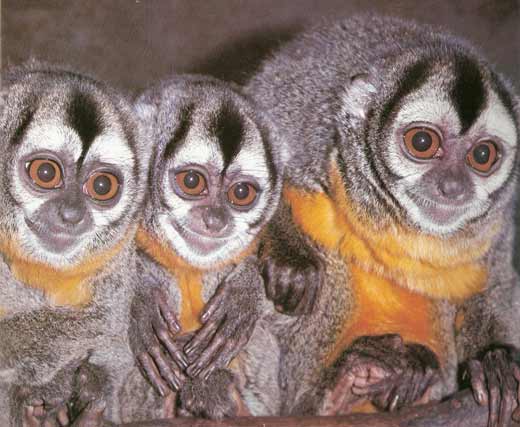1) Dendrobates azureus:
As children, many of us kept frogs we had found in jars and vivariums, or just took them home to show to our friends. The frogs on this list are a different ball of wax, not creatures anyone in their right mind would want to play with or even touch - in many cases, in fact, they are deadly poisonous.
2) Golden poison dart frog
These frogs use their poison solely for self-defense, not to kill prey, and what a good defense against predators it is. Many of them are poison dart frogs known for their use in making arrow poisons. Beautiful but deadly – it's definitely a case of look but don't touch with these suckers!
These frogs use their poison solely for self-defense, not to kill prey, and what a good defense against predators it is. Many of them are poison dart frogs known for their use in making arrow poisons. Beautiful but deadly – it's definitely a case of look but don't touch with these suckers!
3. Giant Leaf Frog (Phyllomedusa bicolor)
4. Dyeing Dart Frog (Dendrobates tinctorius)
5. Red-backed Poison Frog (Ranitomeya reticulatus)
6. Strawberry Poison Dart Frog (Oophaga pumilio)
With its bright red skin, the tiny strawberry poison dart frog, native to Central America, is one of the most beautiful of the species listed here. Its poison is pretty toxic stuff, causing swelling and a burning sensation, but is still far weaker than that of the Phyllobates genus of poison dart frogs, for example. 7. Lovely Poison Frog (Phyllobates lugubris)
Also known as the striped poison dart frog, Central America's lovely poison frog is the least toxic in thePhyllobates genus, and yet it still produces dangerous toxins. The amount of toxin is thought to be comparatively low, ranging from nothing to 0.8 micrograms, but this frog is still far from harmless and can cause heart failure in predators that risk eating it. Don't be fooled by its name! (Well, it does look quite lovely.)
8. Golfodulcean Poison Frog (Phyllobates vittatus)
9. Splash-backed Poison FrogRanitomeya variabilis
10. Phantasmal Poison Frog (Epipedobates tricolor)

































